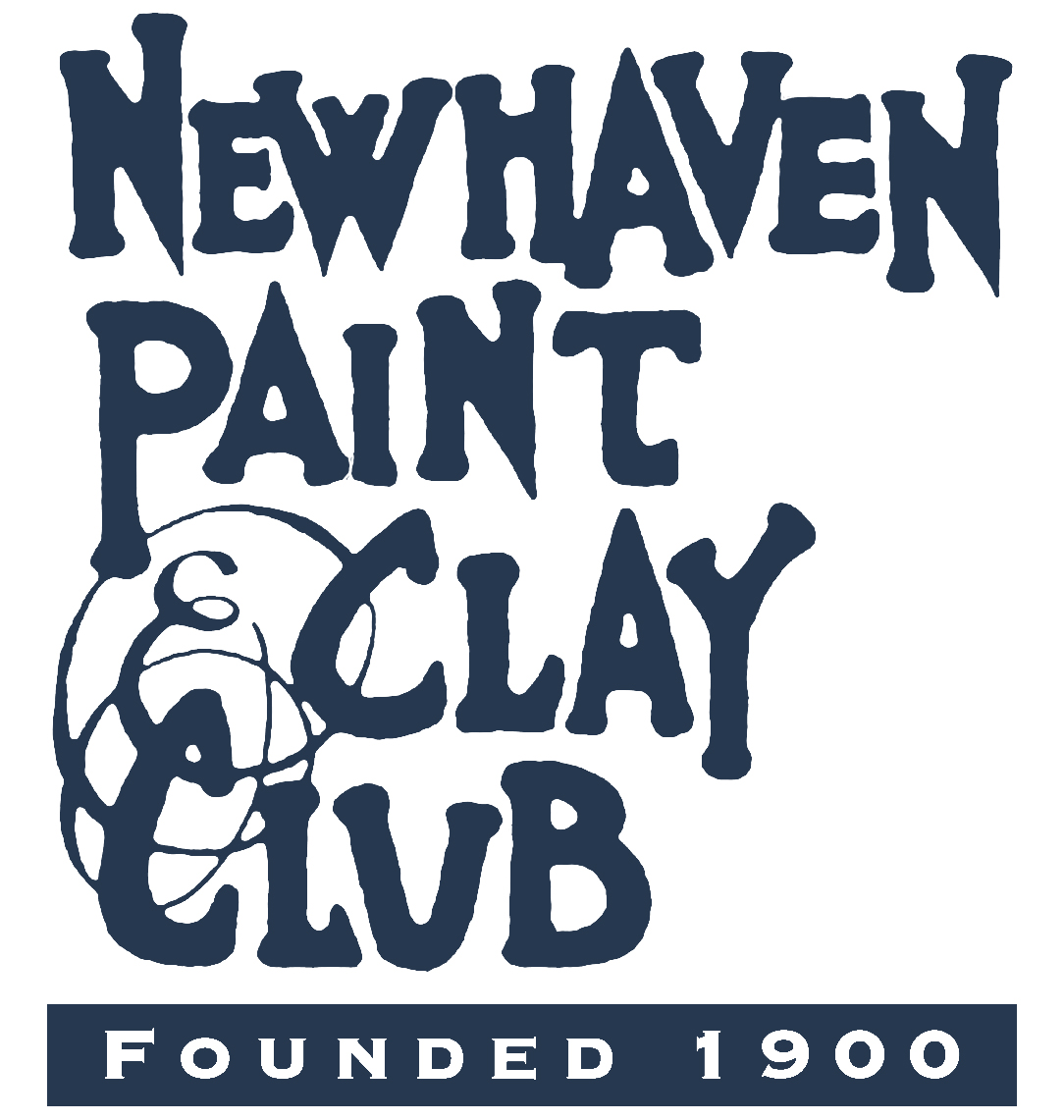Eileen Frailey Eder
Eileen Frailey Eder, a resident of Connecticut, is a representational painter who works almost exclusively from life. Her harmonious paintings show her affection for light and shadow as well as color and shapes both in nature and in simple objects. Eileen often drew and painted throughout her teenage and early adult years. After raising a family she attended the New York Academy of Art, graduating with an MFA degree in 1998. Following grad school, Eileen began her full time professional career painting and teaching, being grateful to enjoy the challenge, joy, and fulfillment of painting ever since.
Where do you find inspiration?
In a still life I use various common, every day, objects to provide an interesting visual variety; large, small, wide, narrow, light, dark etc. Sometime a variety of colors or color
combinations provide the subject matter. The objects are used abstractly to break up the canvas in an interesting way rather than for the narrative they might produce. I try to keep my objects very simple so they don’t demand a lot of attention on their own. Instead, the objects are used as vehicles to show light, shadow, values, and color. I consider the negative space around objects to be as important as the objects themselves. The creative part of my process is setting up my still lives which involves a lot of moving and changing, including my light source, until I have achieved my goal of creating interest. This is a long answer to get to the bottom line which is the inspiration develops in the process of setting up the still-life. I have to look for exciting or interesting visual combinations since they don’t just happen.
Working in Plein Air is a very different process. Rather than using objects I need to find various values and sizes of shape in the landscape that break up the canvas with a good composition. And, instead of a controlled light source I am working with changing sun, light, and weather. While the subject matter plays a part, often the sunlight and shadows shapes are more important. Those spots of sunlight or strong light in the landscape are often the energizing sources of inspiration for me and an entire painting might be composed around a few sunlit areas. I am also inspired by atmospheric and perspectival depth and look for landscapes where I can paint something close, mid ground and then far away.
Winter's Day, Oil, 24x40
Who are your biggest artistic influences?
Artists include Emile Carlsen, John Henry Twachtman, Willard Metcalf, Euan Uglow, Isaac Levitan, Sargent, Antonio Lopez Garcia, T. Allen Lawson, Zoey Frank, Daniel Sprick…. the list is really endless
What motivates you to create?
I am motivated by the never ending challenges in painting. I always want to improve.
If it has, how has your style changed over time?
Actually not a great deal. My drawing skills have always been my foundation. If there are any changes it has been from improving my painting skills in general to, more recently, focusing on my compositions and abstract elements as a priority.
Crabbing Boat, Tilghman's Island, Oil, 10x20
How do you further develop your art skills?
Draw and paint as much as possible and look at artists work that I admire.
Does where you live affect what you paint?
Yes in terms of landscape because I often paint what’s around me but not for still life .
What do you want your still life paintings to evoke in the viewer?
I want them to be captivated enough by the overall composition to stop, spend time, and look around in a painting and discover passages they enjoy. People often tell me the play of light and shadow and general color harmony is a calming factor. I would like to think
my viewers find some delight and space for their own thoughts in looking at the 3 D world I’ve created in the painting.
Sunny Morning, Oil on Linen, 24x30
You seem to have a freer hand with your landscape paintings. Do you feel differently when you create those versus your still life works?
The landscapes look freer because of time, it’s like trying to capture a moving train. I’m forced to paint fast before the light changes too much. I have much more time available for a still life and often paint in multiple layers over the course of days or weeks. My work is from life for both genres. Though a few larger landscapes are from smaller painting studies, I do not like using photographs and find the perspective and colors to be off plus it’s boring to paint from a photo compared to the real thing.
I noticed in "Sunny Morning" and "Winter Day" that the compositions both have objects that frame the distant landscape. It feels, though you're painting a still life with mostly man-made objects, that there is a connection to the landscape that all things have. Am I reading this correctly?
I have painted several “inside/outside” themes. The windows of landscape are actually in contrast to the man-made objects.
We obviously have a connection to our inside containers, fruit, all kinds of ‘stuff’ and at the same time we have a strong connection to the landscape and outdoors in general even if it’s just a window, seeing the landscape is important but our inside and outside worlds are very different. From a compositional perspective, having other paintings or windows to the outside provides interesting backgrounds.
Moving Stream, Oil, 9x12





